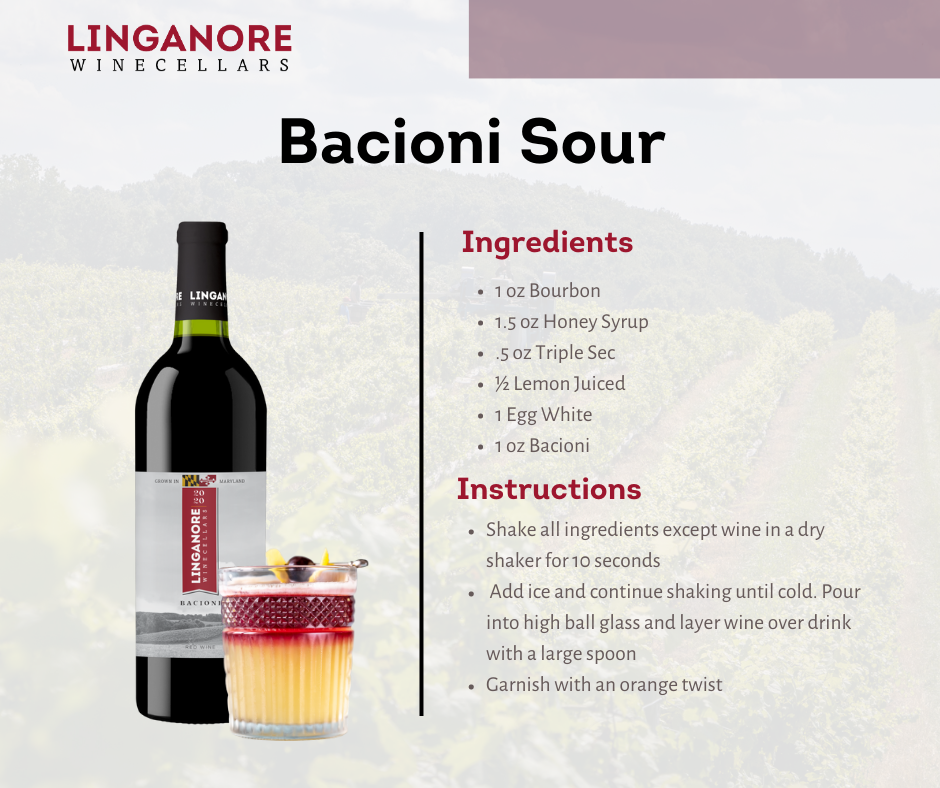Myths And The History Of Screw Caps
Have you ever turned down a bottle of wine simply because it had a screw cap?
The Myths
More and more wines are opting to use screw cap closures over traditional corks. So why is that? And are there any benefits to using one closure technique over the other? Since screw caps were invented for wine in the late 1960s, there’s been a belief that the screw cap is inferior to the traditional cork. But this belief mythical than reality.
Many believe that a screw cap is a sign of low-quality wine. Most likely because overtime, screw caps had been associated with large, economy-sized wine production. Many consumers view large industry winemakers as lower quality, thus creating the myth that all screw cap wines are lower in quality than wines with corks.
Another concern with screw caps is that they don’t let the wine “breathe” the way corks do. In other words, they’re airtight and don’t let any amount of oxygen into the bottle, meaning the wine will never transform with age. However, screw caps have evolved, and winemakers can now purchase screw caps that let in a calculated amount of oxygen over time. With this in mind, the screw cap is actually more reliable than corks since winemakers have no control over how much oxygen a cork will let into the bottle over time. Consider that screw caps eliminate the risk of cork taint (a bacteria that can form on natural corks that destroy the wine.)
Though screw-cap wines may seem a shock to wine traditionalists, there are studies suggesting that these wines may hold up over time better and tend to store and age at a more predictable rate than wines with artificial or natural cork toppings. For wine collectors, this consideration may be paramount because storing a wine only to find it has gone bad or lost flavor is not particularly desirable.
The History
The real birth of the Australian screw-cap Movement dates back over 40 years ago when the Production Director of Yalumba contacted French manufacturer Le Bouchon Mecanique in a quest to eradicate cork taint in his wines and preserve their freshness. Screw caps had been used on food products since the middle of the 19th century, but it wasn’t until 1959 that Le Bouchon Mecanique created a screw cap that was specially adapted for wine bottles. However, while the French lead the way in the manufacturing of screw caps, their commercial use was initially limited due to consumer resistance.
In Australia, the use of screw caps increased rapidly throughout the ’80s and ’90s, but it wasn’t until 2000 when a pioneering group of winemakers in the Clare Valley region of Australia, decided to adopt this modern seal for their premium wines. That’s when screwcaps gained widespread commercial acceptance, and by 2003 Australia had become the world’s largest consumer of screwcaps for premium wines.
The winemakers acknowledged that the decision to use screwcaps would fly in the face of tradition and could potentially lead to customer resistance, however, they also knew that this was a daring step that had to be made to ensure the quality of their wines.
The fact that quality and not economics was the major motivation for the move to screwcaps was underlined by the significant financial investment made by the wineries in specialized capping equipment. The quality of the seals was heavily documented and received positive reviews from the media followed by a higher level of acceptance by the consumers.
Today, the majority of Australian wines come with a screw cap, and they are certainly not alone. Similar shifts have been seen in many other countries, including the United States, which is now producing more and more wine sealed with screwcaps, a trend is catching on.
Screw Caps At Linganore
“Back in 2000, we switched from using traditional cork to synthetic corks,” said Anthony Aellen, Vice President and Executive Winemaker at Linganore Winecellars. “There are actually several advantages to using man-made corks. Foremost is the fact that synthetic corks are made of an inert material, so there is virtually no chance that the wine will be infected by fungus, microbes, or other faults that are increasingly found in traditional cork. Equally important is that because these man-made corks seal bottles even better and never dry out, as can happen as a bottle becomes older, so there is less chance of air entering the bottle and spoiling the wine.”
Aellen admitted that the winery had been looking into screw caps for close to 20 years but the technology in the U.S. wasn’t quite there yet. “We had spoken with several larger wineries in the Midwest that were having problems with screw cap bottling machines, noting that the machine company and the manufacturer that makes the screw caps didn’t quite have it as a seamless production. In 2014, I was in a winery in New Zealand and noticed that all of their wines were in screw caps. When I asked the winemaker about his experience with screw caps vs. corks, he replied, “why would you want to put the bark of a tree in a bottle?” This motivated us to continue researching screw caps!”
Finally, the screw cap manufacturers and the machine companies had come to realize it was actually the that the mold of the bottles wasn’t perfectly round, and the tops were not perfectly flat, which is perfectly fine if you’re corking because corks are forgiving, but this had caused issues for screw cap assembly. Once the issue had been identified and corrected, Linganore Winecellars purchased screw cap machinery in 2021.
“Although screw caps are gaining acceptance, Nationwide, there still exists a perception that higher-end wines only use corks, so until that stigma is defused, and technology improves, we will continue to cork some of our wines,” says Aellen.




